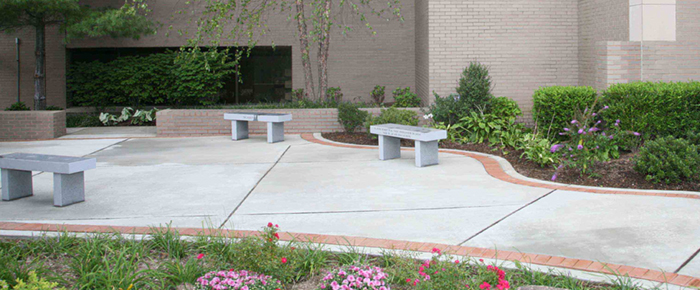The One Big Beautiful Bill Act (OBBBA) which was signed on July 4, 2025, extends (and makes permanent) many current tax provisions and introduces new ones that could influence your charitable giving and year-end tax planning. The tax landscape in 2025 will look different in 2026 and beyond. It has created some advantages to giving this year, especially if you want to make a large gift, complete a pledge or contribute to a donor advised fund (DAF).
What will change when the OBBBA goes into effect on January 1, 2026?
The OBBBA made permanent some provisions that had been subject to change:
- Standard deduction: The increased standard deduction will remain ($15,750 for individuals and $31,500 for married couples in 2025) and it will be indexed for inflation in the future.
- Tax brackets: OBBBA permanently extends the 10%, 12%, 22%, 24%, 32%, 35% and 37% tax rates.
- Deduction limits for cash gifts: You can continue to deduct cash gifts to public charities up to 60% of your adjusted gross income (AGI) if you itemize.
- Estate tax exemption: The federal estate and gift tax exemption will remain high and increase to $15 million per individual (indexed annually).
What’s new for charitable contributions in 2026?
- Tax break for non-itemizers: You can deduct up to $1,000 (individuals) or $2,000 (married couples) for cash contributions to public charities. Note: this does not apply for contributions made to supporting organizations, donor advised funds (DAFs) or private foundations.
- If you do itemize, there’s a new floor on your charitable deduction: Under OBBBA only the portion of charitable gifts above 0.5% of your adjustable gross income (AGI) will receive a tax deduction. Currently, your full contribution is deductible.
- If you are in the top (37%) tax bracket, all itemized deductions, including charitable contributions, have a ceiling: In 2025 you receive a $0.37 tax benefit for every $1 deducted. In 2026, that benefit will be capped at $0.35 per dollar. This means a $1,000 donation will yield a $350 tax benefit in 2026 instead of $370 in 2025.
- Corporate charitable contribution deduction: Only charitable contributions greater than 1% of taxable income will be eligible for deductions. The ceiling will be 10% of taxable income.
Tax-wise strategies to avoid the new 0.5% AGI floor and the 35% ceiling:
- If you are contemplating a large gift to a charity in 2026 or later, it may be beneficial to accelerate the gift before December 31, 2025.
- Open or contribute to an existing donor-advised fund (DAF) to consider bunching several years’ worth of contributions into the DAF before year-end. Consider opening a DAF with Jewish Federation of St. Louis. Learn more at Here.
- Corporations can open or contribute to a DAF to avoid the 1% floor.
- If you’re 70½ or older, remember that qualified charitable distributions (QCDs), aka IRA charitable rollovers, allow you to transfer up to $108,000 (individual) or $216,000 (couple) directly to a charity free of income tax. If QCDs are made before your required minimum distribution (RMD) is taken, the QCD can count toward your RMD and avoid the new floor and ceiling. If the QCD is taken after the RMD, it will be taxable.
Tax Advice (not impacted by OBBBA):
- Gift appreciated assets (held for more than one year) rather than cash. You get a deduction for the full current value of the asset, and you avoid the capital gains tax that would apply if you sold the assets and gifted the after-tax proceeds.
- Gifting retirement assets provides a current tax benefit and removes the gifted assets from your estate.
- Call Federation to discuss gifts of other non-cash assets like life insurance, privately held business interests, real estate and marketable collectibles.
This document is designed to provide general and accurate information about charitable giving. For legal and tax advice, please contact an attorney or tax advisor.




